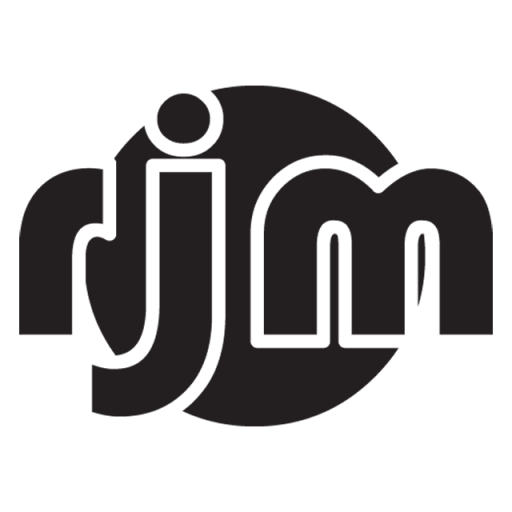- Messages
- 5,732
Are any of you savages using a pedal switcher like the Boss ES-8, GigRig, EHX SuperSwitcher etc.
Seems cool to be able to isolate what is or isn’t in the loop at any time, or re-order pedals on the fly.
Curious if you guys have any experience with these, the pros/cons, or do you just tap dance etc.
Seems cool to be able to isolate what is or isn’t in the loop at any time, or re-order pedals on the fly.
Curious if you guys have any experience with these, the pros/cons, or do you just tap dance etc.






